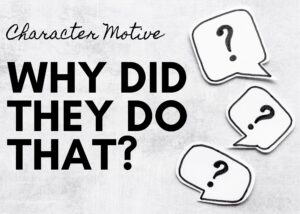
How to Teach Character Motivation
One key component of a character is their motivation – why do they act and speak as they do? What do they ultimately want?
Finding time to meet all the demands of teaching can seem impossible.
At Snips and Snails Teacher, I share ideas and activities that allow you to deliver quality instruction without the need to spend hours of your week planning.
✅ Easy
✅ Engaging
✅ Effective
Get ideas and tools that you can use in your own classroom this week!

One key component of a character is their motivation – why do they act and speak as they do? What do they ultimately want?

Understanding the different aspects of a character’s personality, motivation, and transformation can help students better understand all the other elements of a story, as well as the author’s overall message.
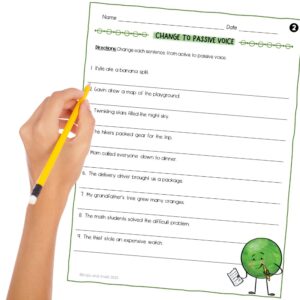
Understanding active and passive voice can help students write clearer and more effective sentences. It can also help them better comprehend the meaning of what they are reading.
By analyzing the differences between active and passive voice, students can develop critical thinking skills and learn to think more deeply about the language they use.
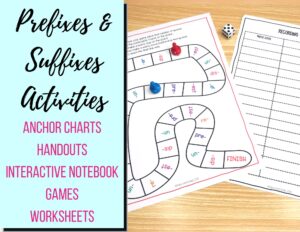
Why worry about prefix and suffix activities when there are so many other things to teach? Studying common prefixes and suffixes can have a huge impact on your students’ learning! They become better readers, spellers, and writers. Here are a few simple ideas and activities to supercharge your lessons, keep your students engaged, and make the practice meaningful.
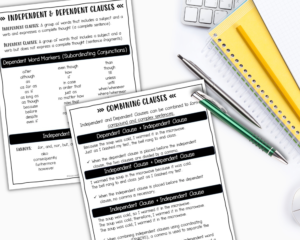
Teaching complex sentence writing to students can be a challenging task. Here are a few simple, but effective strategies you can use to help your students understand and use these sentences effectively.
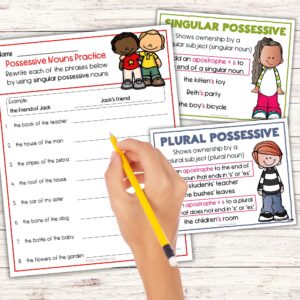
Teaching Apostrophes in Possessive Nouns Using apostrophes in possessive nouns is one of the most challenging punctuation skills young students need to learn. Once they’ve